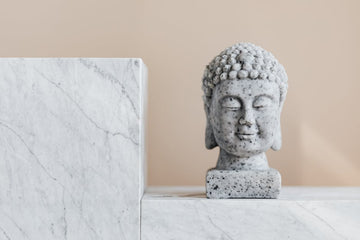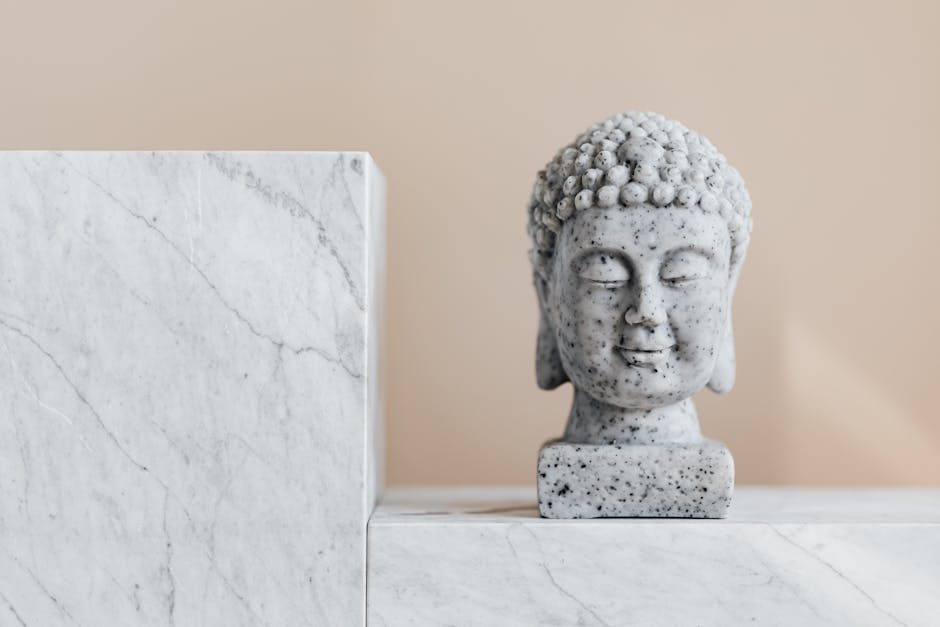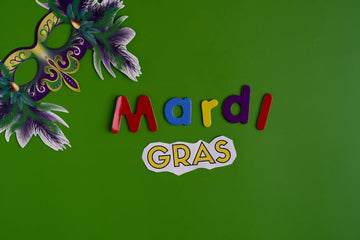The Importance of Mythology in Multicultural Art: Stories That Bind Us Across Cultures
by Shopify API on May 06, 2024

Introduction to mythology in multicultural art
Mythology plays a significant role in multicultural art, weaving together stories that transcend borders and unify diverse cultures. Through art, mythology serves as a universal language that connects people across different backgrounds, imparting timeless tales that hold profound meaning and resonate with audiences worldwide.
Understanding the significance of mythology
Mythology is the ancient stories and beliefs of different cultures. It helps us understand the values, traditions, and history of diverse societies. In art, mythology is a powerful tool that artists use to connect with their audience and convey universal themes. By exploring mythology in art, we can discover how similar stories unite us across different cultures.
Mythological influences across various cultures
Mythological influences can be seen in art from different cultures around the world. Stories from myths often inspire artists to create pieces that reflect these ancient tales and beliefs. These artworks not only showcase cultural heritage but also connect people through shared narratives and symbols. Symbols and characters from myths may vary from culture to culture, but the underlying themes and messages often resonate universally. Through art, these mythological influences serve as a bridge that brings together diverse cultures and fosters a sense of shared humanity.
How mythology binds us together
Mythology plays a significant role in connecting different cultures worldwide. Folklore and myths are universal stories that have been passed down through generations. They often carry similar themes and messages that resonate with people from diverse backgrounds. Mythology nurtures a sense of shared heritage among people, highlighting common values, beliefs, and experiences. These ancient tales serve as a thread that binds us together, fostering a sense of unity and interconnectedness despite our cultural differences.
Impact of multicultural stories on art
Multicultural stories often inspire artists to create diverse and engaging art pieces. These stories can bring different cultures together and showcase the richness of our world’s diversity. By incorporating various myths and legends into their art, creators can bridge gaps between cultures and share unique narratives that resonate with a global audience. This fusion of storytelling and artistry not only connects people from different backgrounds but also celebrates the universal themes that bind us all as human beings.
Symbolism and representation in multicultural art
In multicultural art, symbols and representations carry deep meanings that connect different cultures. These symbols often reflect shared beliefs, values, and stories that transcend geographical boundaries. Artists use these symbols to convey universal themes that resonate with diverse audiences worldwide. Through symbolism and representation, multicultural art serves as a bridge that brings people together, fostering mutual understanding and appreciation for our shared human experiences.
Artists inspired by mythology
In art, mythology plays a significant role as it inspires artists across cultures. Mythological stories are like timeless treasures that provide a rich source of creativity. Here’s how mythology influences artists:
- Mythological figures: Artists often depict gods, goddesses, and mythical creatures in their work, drawing inspiration from their symbolic meanings and narratives.
- Themes and symbolism: Mythological tales are full of universal themes such as love, heroism, and sacrifice. Artists use these themes to convey deeper messages in their art.
- Cultural connections: Mythology transcends borders and unites people through shared stories and symbols. Artists use this common cultural heritage to create art that resonates with audiences worldwide.
By exploring mythology, artists can tap into a wellspring of creativity that connects us across time and cultures.
Diverse mediums used in multicultural art
Multicultural art can be expressed in various ways through different mediums. Artists often use painting, sculpture, literature, music, dance, and theater to depict stories and themes that connect different cultures. Each medium offers a unique way to convey the richness and diversity of various mythologies and traditions, fostering a deeper understanding and appreciation of global heritage.
Promoting cultural diversity through mythology
Promoting cultural diversity through mythology
Mythology plays a significant role in showcasing diverse cultures globally. By incorporating myths and legends into art, artists can bridge gaps between different cultures and foster a deeper understanding of each other’s beliefs and traditions. It helps promote cultural diversity by highlighting the common threads that bind us together, regardless of our backgrounds. Through art, mythology acts as a universal language that transcends borders and connects people from various parts of the world.
Conclusion: Uniting cultures through storytelling and art
In the end, it is evident that storytelling and art play a crucial role in bringing diverse cultures together. Through mythology, artists can create pieces that resonate with people from different backgrounds, bridging gaps and fostering understanding. By delving into shared stories and symbols, we can appreciate the common threads that connect us all, regardless of our origins. Art has the power to transcend language barriers and spark conversations that transcend cultural divides. It is through the blending of diverse narratives and artistic expressions that we can truly embrace our interconnectedness as a global community.



